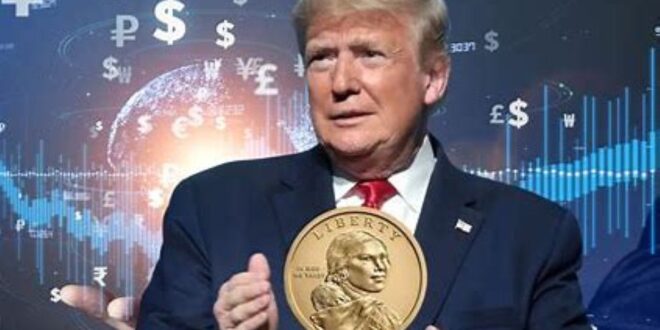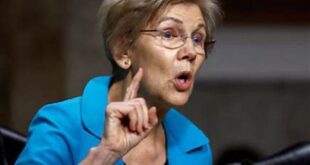In a surprising fusion of politics, crypto, and global finance, the USD1 stablecoin — reportedly linked to figures in Donald Trump’s circle — has emerged as the financial backbone of a $2 billion investment from Emirati interests into Binance, the world’s largest cryptocurrency exchange.
A Political Coin with Global Reach
USD1, a relatively new entrant in the crowded stablecoin market, is gaining traction not for its tech alone, but for the powerful network behind it. Backed by a consortium tied to pro-Trump financiers and political allies, the coin has positioned itself as a “patriotic” alternative to USDT and USDC. Unlike those established options, USD1 aims to serve as a geopolitical tool as much as a financial one.
Sources close to the matter suggest that the UAE’s investment in Binance will leverage USD1 as a strategic settlement layer, with the goal of bypassing traditional banking channels and enhancing transactional privacy.
UAE Eyes Strategic Leverage
The United Arab Emirates, a rapidly emerging hub for digital asset innovation, has been deepening its ties to major crypto firms. Its investment in Binance signals a continued pivot toward blockchain infrastructure — but with clear political and economic undertones.
Using USD1 as the transactional medium is not just about speed or cost-efficiency. It sends a message: major players are exploring alternatives to traditional dollar rails, and even alternative forms of dollar representation, particularly those not under the direct control of U.S. regulatory authorities.
Binance’s Balancing Act
For Binance, the deal brings much-needed capital and regional backing at a time when regulatory pressure in the U.S. and Europe has intensified. But aligning with a stablecoin tied to Trump’s orbit could further complicate its already delicate relationship with U.S. regulators.
The company has neither confirmed nor denied the role of USD1 in the deal, though insiders say the stablecoin’s involvement is “significant” and likely to grow in scope over the coming months.
USD1’s ascent highlights a new trend: the rise of politically affiliated digital currencies that blur the lines between finance and ideology. As stablecoins move from being neutral payment instruments to tools of political influence, questions around governance, regulation, and risk grow louder.
For now, the USD1-powered $2 billion deal stands as a stark example of how crypto, geopolitics, and legacy power structures are converging — and reshaping the future of global finance.
 Business Sandesh Indian Newspaper | Articles | Opinion Pieces | Research Studies | Findings & News | Sandesh News
Business Sandesh Indian Newspaper | Articles | Opinion Pieces | Research Studies | Findings & News | Sandesh News



